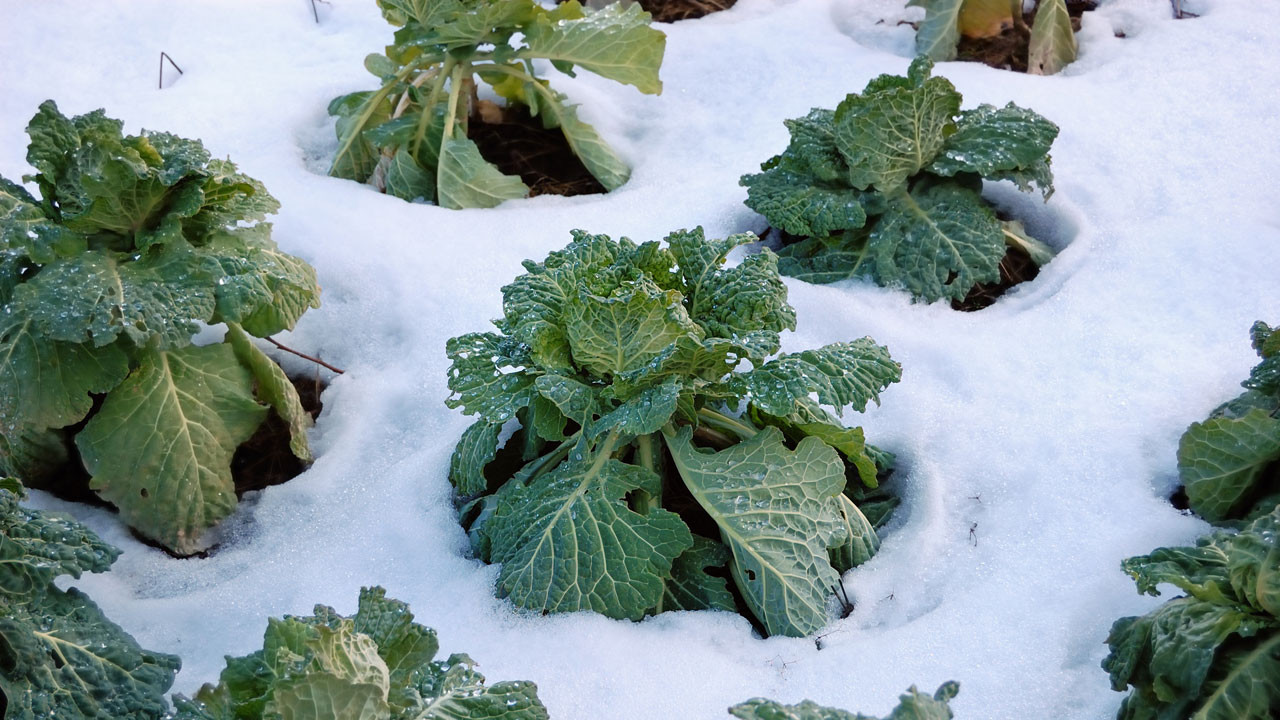How to Winterize Garden Beds
Sep 28th 2022
Bears hibernate. Birds fly south. Turtles, fish, and many other critters prepare to survive the frigid blasts of winter with a variety of other cold-weather strategies.
If you are a gardener, you need to prepare for the winter too. Winterizing your garden will help ensure the most bountiful crops and the most beautiful floral displays during the warmer months. Whether you are wondering how to winterize raised garden beds or in-ground gardens, DripWorks is happy to share a few tips so you can get the most out of your gardening year-round.
When to Winterize
Deciding when to prepare your garden for winter will vary, depending on where you live. Northern gardeners will have to winterize earlier than southern ones, of course. Check a plant hardiness zone map first to learn the typical growing seasons for your area. These times will vary a bit from year to year, but generally it’s a good idea to start winterizing after the first hard frost.
How to Winterize
Begin with some serious weeding. Weeds can provide places for insect eggs and disease to overwinter. Leaving weeds in the ground over the winter will encourage pests and diseases next growing season. You can pull weeds by hand, but if there are lots of them, consider smothering them with sheets of cardboard or opaque plastic sheeting.
You should also remove all the old, dead plants and debris in your garden. These too can harbor pests and diseases. If they have been infested with bugs or infected with disease, dispose of them by burning or in the trash rather than composting.
Protecting Perennials
Most of the plants you remove and dispose of will be annuals. If you are leaving perennials in the garden, remember to protect them with burlap or other material during really hard freezes. Give any plants overwintering outside one good, last watering for the year. Bring any sensitive potted plants indoors.
Cover your garden with a layer of rich compost. This will add nutrients to the soil and give it a layer of protection from the elements. This is a good time to add soil amendments too. Consider adding a layer of dead leaves or mulch to your garden too. These will provide protection from rain, snow and sleet and help prevent ground compaction. They will also build up the soil as they break down over time.
Drain water from your garden hoses so they will not freeze and rupture. Put them away in a safe place. Winterize your irrigation system if you have one. Clean your tools thoroughly. Then dry them and store them in a safe place.
Before you go inside and enjoy a piping hot beverage by the fireplace, review the past year in your garden. What worked? What didn’t? Jot down some notes so you can benefit from your experience when you begin gardening anew in the spring.

